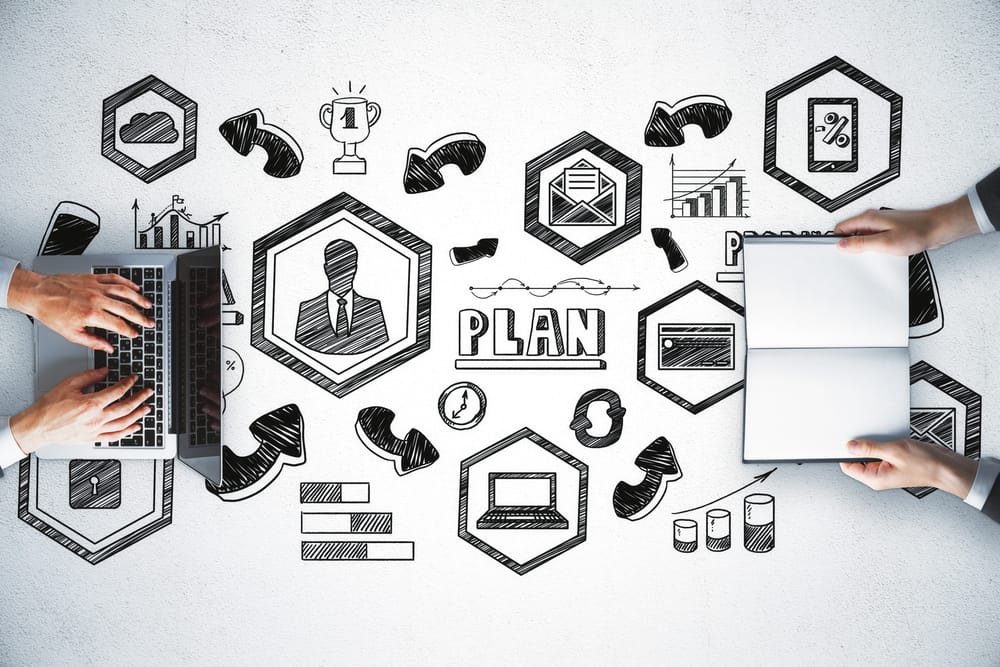U.S. economy weakening as leading indicators suggest decline

Signs of Slowdown: Analyzing Leading Indicators of U.S. Economic Activity
The U.S. economy stands at a pivotal juncture, and the signs of ebbing vitality warrant attention. Among the critical aspects of economic foresight are leading indicators, which illuminate potential patterns before the broader economy reflects the same. Understanding these indicators is vital for predicting economic downturns. We'll explore how they impact GDP growth and analyze the signals that might foretell a recession in 2025. This overview offers readers insights into the economic forecast and sets the stage for analyzing the health of the U.S. economy today.
Understanding U.S. Leading Indicators
Leading indicators act as an early warning system for the economy. They are economic measures that typically shift before the broader economy does, signaling upcoming trends.
- Key indicators include the 10-year U.S. Treasury rate, which affects mortgage rates and loans.
- They also encompass nonfarm payrolls, revealing employment conditions—a critical component of economic health.
- Changes in consumer price indexes and retail sales can impact economic activity, thus serving as barometers of overall economic performance.
These indicators suggest an economic decline when observed collectively over time, alerting businesses and policymakers to potential shifts.
Real GDP Growth and Its Implications
Gross Domestic Product (GDP) is a chief measure of the economy's size and health.
- Recent data show a slow downtrend in U.S. GDP growth, which can hint at broader economic malaise.
- A decline in real GDP often signals deteriorating economic performance, hinting at possible recessionary trends.
- Analysts use economic analysis to anticipate whether the GDP will continue its downtrend, which informs economic forecasts.
By thoroughly analyzing trends in GDP growth, one can better interpret the signals of potential economic downturns or stagnation.

Key Recession Signals: What to Watch
Recession signals derived from leading indicators offer critical insights.
- Monitoring the unemployment rate provides clues about labor market slack and economic vitality.
- Examining advances in retail and food services sales can highlight changes in consumer confidence and spending.
- Historically, rising Treasury yields might indicate tighter financial conditions, often preceding economic downturns.
By comparing these signals to past economic downturns, we can contextually analyze their implications on the current economic forecast, guiding strategic decision-making.

Economic Forecast and Future Outlook
Economists predict various scenarios for U.S. economic activity considering current data.
- A potential economic slowdown presents challenges, but it also opens opportunities for adaptive businesses.
- Tailoring strategies according to economic status and growth forecasts can prepare entities for shifts in U.S. economic trends.
- Challenges like rising interest rates and fluctuating consumer demand require careful navigation by businesses and policymakers alike.
Understanding these dynamics is essential for businesses and individuals to prepare for the future economic environment.
Assessing the Current U.S. Economic Health
Evaluating the U.S. economic status involves reviewing a mix of economic measures.
- Recent data on federal debt and public spending can impact financial stability and long-term resilience.
- Strategies such as promoting industrial capacity utilization and encouraging consumer spending could bolster economic health.
- Engaging in continuous economic analysis helps adapt to challenges and capitalize on opportunities amidst economic changes.
These strategies aim to sustain economic stability and promote growth within a complex and evolving economic landscape.
Looking to the Future
The journey of the U.S. economy through fluctuating conditions underscores the importance of vigilance and adaptability. By monitoring leading indicators and interpreting recession signals, we can better anticipate and navigate economic changes. Prepared businesses and policymakers will not only withstand the demands of a weakening economy but also leverage the emerging opportunities within these challenges. Understanding the economic measures that define our current and future economic outlook is crucial in charting a course toward sustainable economic health.




